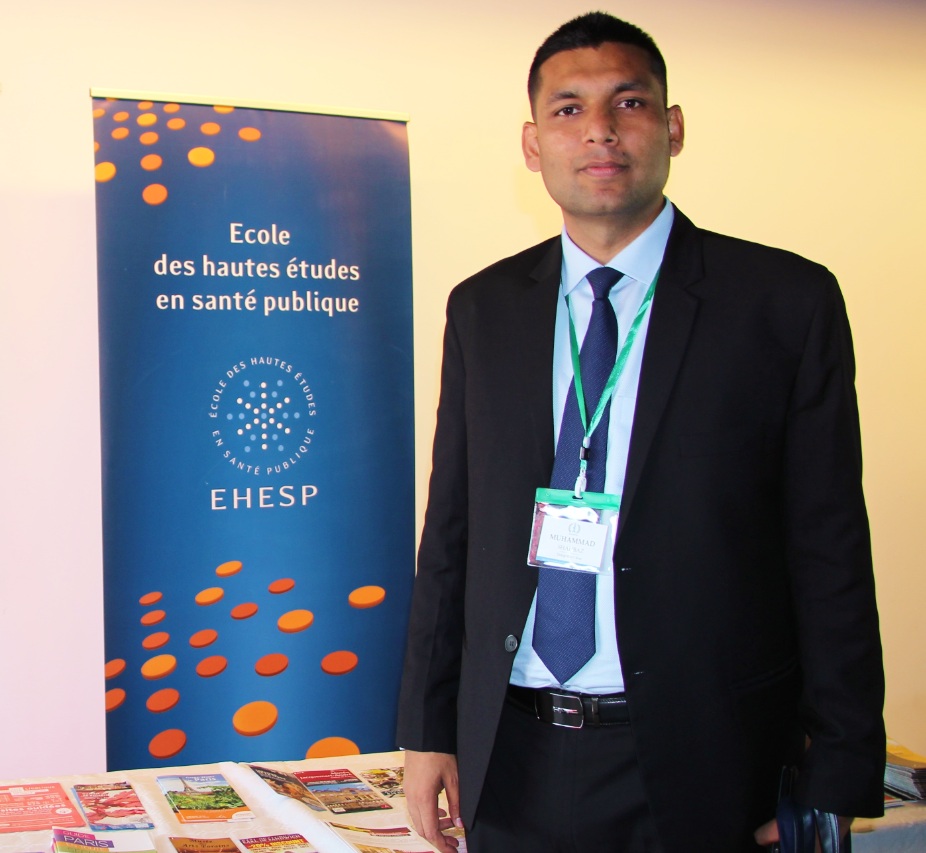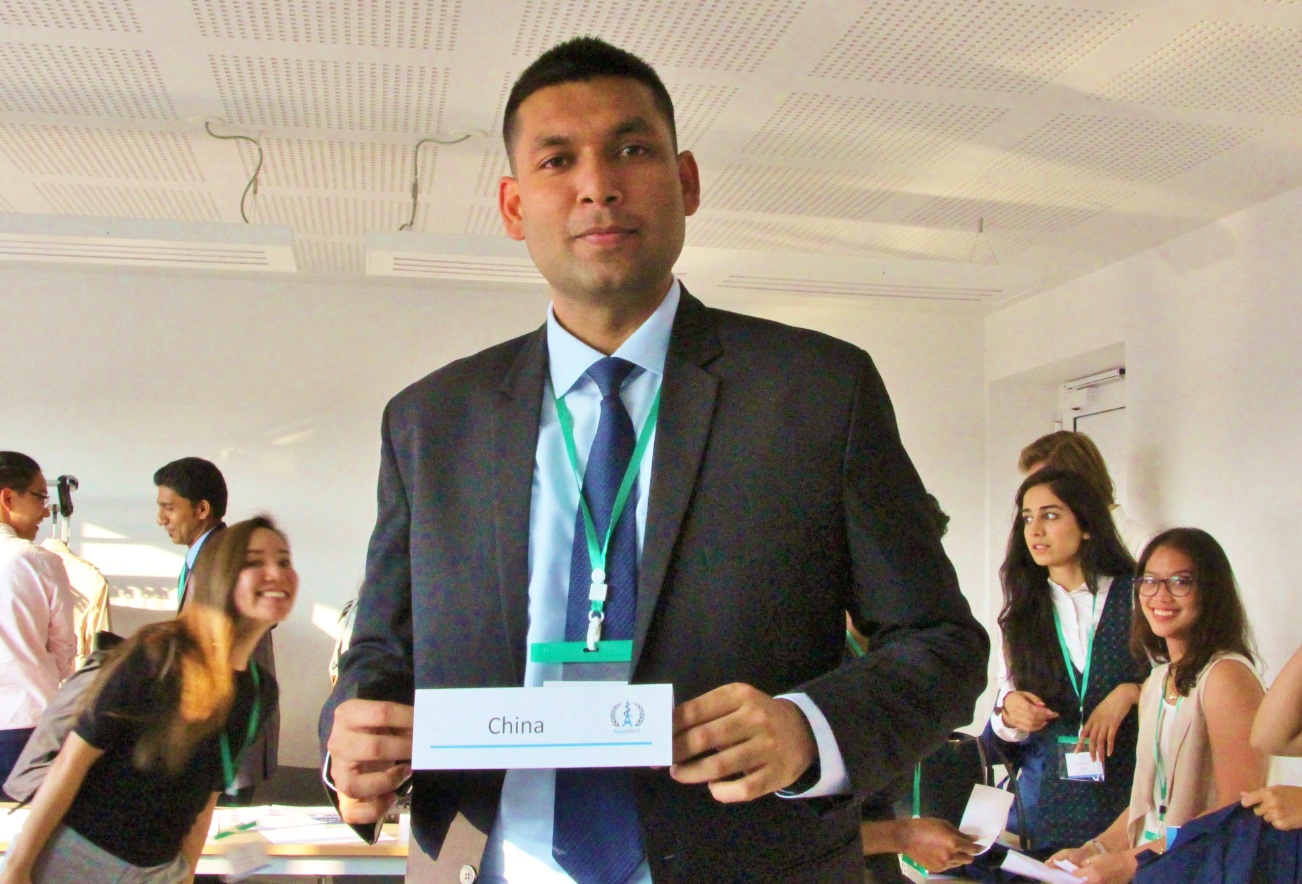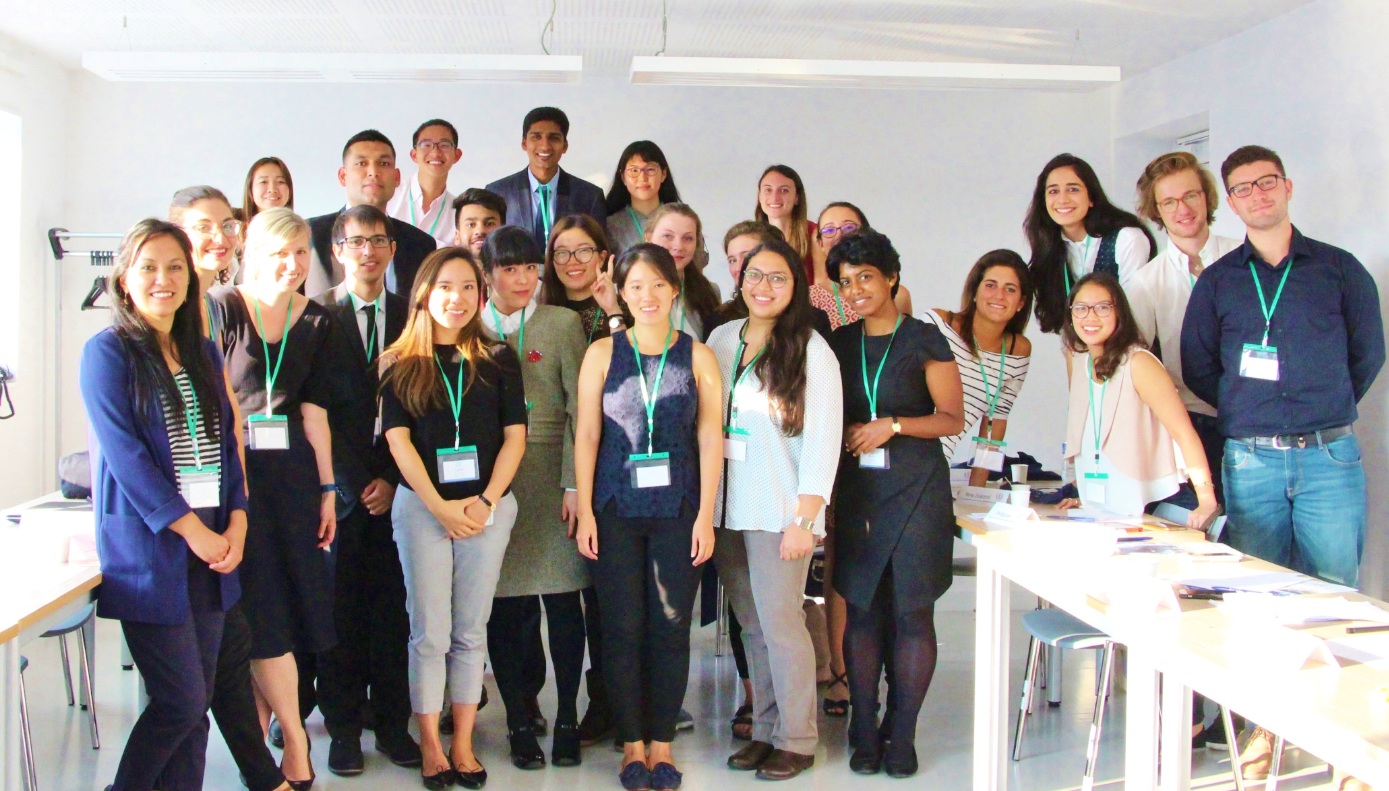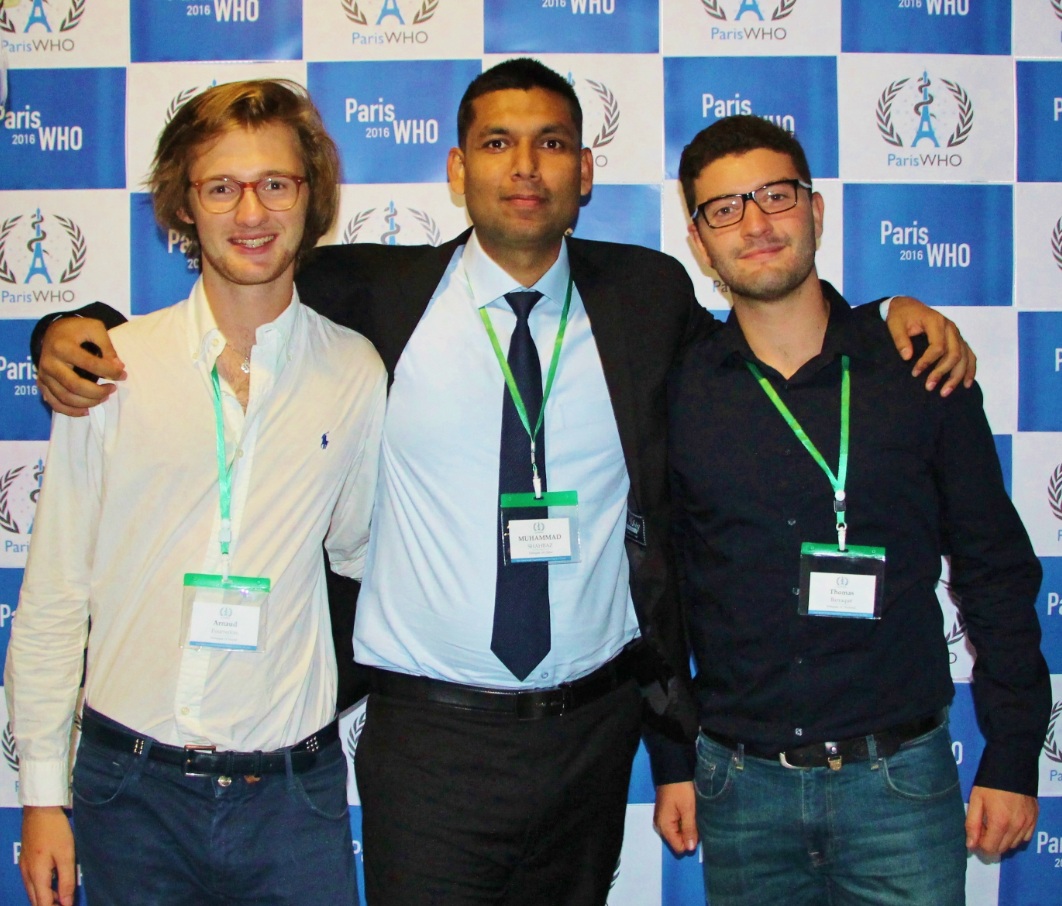WHO world health organization an agency of United Nations that is concerned with international health. WHO not only is effectively working on the prevention and the eradication of different dangerous diseases but also working on the health issues of different population groups including the refuges and migrants. We are facing the worst humanitarian and world refugee crises since World War II. One out of every 7 people on earth is a migrant. This is the record number. According to data analysis, there are more than 65 million displaced persons worldwide. Over half of the world’s refugees are children. Women and girls are particularly vulnerable, often facing the compounding effects of physical insecurity, discrimination and lack of access to basic services and amenities. Migration is an inevitable phenomenon. It is a human reality. Escaping violence and natural disasters, and looking for better opportunities, migrants and refugees leave their homes. They are unable to work; children are unable to attend schools and most of them are vulnerable to smugglers.
Paris WHO world health organization simulation is a Student led simulation forum for the International medical, economic, pharmaceuticalstudents and experts to coordinate and work together in the format of WHO assembly .A student body is made at the format of the actual WHO and a particular agenda or topic is discussed .A big number of students from all around the world participate in this simulation and discuss and debate over the top issues.École des hautes études en santé publique, (known in English as "EHESP French School of Public Health") top school in public health in France hosted the simulation.This year the Simulation was held in Paris with the theme health and migration highliting the main agendas Health Care Worker Migration, Patient Mobility and Medical Tourism & Refugee Health and Healthcare in Conflict Situations. A number of resolutions were passed in 2nd Annual Paris World Health Organization Simulation. Before the start of the Simulation delegates from different countries were selected online .I applied to represent P.R.China as Delegate and my nomination was approved one month before the Simulation .After the selection of delegates,every delegate is asked to represent the stance of his/her country by a 2 to 3 page position paper .The position paper represents the brief overview of the country stance on the current national and international issues and what has been done by the host country on these current issues and what has been done by the country on international level. The main points of the position paper I presented is as follows.
In my position paper I mentioned the main pillars of The Chinese healthcare system .The main body of health management, namely the National People’s Congress (NPC), with duties to amend the institution, supervise the exercise of the institution, make and revise criminal laws, civil laws and other laws, and to supervise other departments, such as the State Council.
*The main problems faced by the P.R.China are ageing, pollution, internal migration. China is ageing much faster than other low- and middle-income countries. The proportion of the population aged 60 years and over will increase from 12.4% in 2010 to 28% in 2040.
China’s pollution, especially air pollution is major issue. China’s industry development heavily relay on consuming coal, adding more and more household cars appear, which lead to heavy air pollution. Water shortage, River water pollution and half of population don’t have clean water to use which even threats sustainable development. The 2014, WHO cancer report states China occupies 21.8% of population of cancer patient in the world. 26.9% of people who died of cancer in the world are Chinese, both of them rank top in the world. From 1978 to 2009, China’s income rate gap between urban and rural area enlarged from 2.57;1 in 1978 to 3.33;1 in 2009.
*Since China joined the agreement regarding the status of refugees in 1982, China accepted refugees under the guidance of UNHCR, mandating its national responsibility. Since 2012, China has provided 14 million dollars for Syria, occupying 0.1% of the total 14 billion dollars, ranking 32. China always encourages the peaceful solution of disputes on international level and accepts the refugees. But the refugees are mainly coming from Middle East and the first priority of these refugees is Europe or other nearby countries. But China have provided financial help to the war hit countries and always helps to build the infrastructure and peaceful resolution of the conflicts.
This year at the WHO health simulation students and experts from more than 50 countries participated and discussed and debated over the issues of health and migration.The resolution papers are represented by delegates from different countries .In order for a resolution to be presented in the plenary session it has to be passed with a 2/3 majority from the Regional block .In each region there were at least 10 countries .In Asia Pacific region where I was representing China ,was the biggest regional block in the simulation with 23 countries delegates. Here is the resolution which was presented by delegate of Mexico merged with the resolution of China, DPRK with Laos as sponsors.
Regional Block: Americas Region& Asia Pacific Region.Topic: “Global policy for enhancing health access and security for vulnerable and marginalized populations”Sponsors: Mexico, China, and Lao PDRSignatories: Peru, Guatemala, Chile, Cuba, Aruba, Dominica, USA, D.R. Congo, D.P.L.K, Laos PDR, Colombia, Nepal, Malpes, Sri Lanka, Fiji, Tuvalu, Japan, Philippines ,DPRK, Thailand , Brazil ,Syria,Mongolia,Brunei Darrusalam , Turkey,Pakistan, MalaysiaHumanitarian Index Score: 75% (3/4) CARE International, Oxfam, World VisionTransparency and Accountability Index Score: 50% (3/6) Roche, Eli Lilly, Johnson and Johnson’sThe simulation provided good opportunity to learn the mechanism of the WHO assembly proceedings. Mainly the manners and rules to address the Chair, pass a note, raise a point of order through a diplomatic note and how to communicate with the other delegates .The simulation provides a forum for the delegates to learn how to communicate among the delegates and how to put forward the motion and proceedings of the voting’s and use of the language to communicate among and between the delegates .The simulations also gave aplatform to learn about the different caucuses with the time period to discuss and question and answer sessions including the way to debate on an issue by using the specified time and to yield the default time to the chair ,questions or to a delegate. It also gave us an opportunity to learn about how to present a motion and set the agenda, default speaking time, amend, recess and adjourn the session. Also how a delegate can use the different phrases called points, points of inquiry, pointsof order, points of parliamentary inquiry /procedure, and point of personal privilege to request or pertaining to communicate or inquire addressing the DIAS/Chair.
From the 3 days Simulation we learned how to make a resolution, main parts of the resolution with the perambulatory and operative clauses and how it must meet the committee s quorum requirements to be formally submitted into committee proceedings, with its sponsors (The resolution’s main advocates who fully agree with its content and usually
Will have significantly contributed to the resolutions’ content) and signatories (Members who agree somewhat with the resolution’s contents, but do not wish to advocate entirely).The resolution is presented in the Plenary session and a procedural voting is done and the amendments are made which can be friendly or unfriendly. Seals of Approval from NGO Representatives are crucial to the passing of a resolution. Each resolution contain a "Humanitarian Index Score," which essentially is a score of how many NGO's support the resolution.
The news of 2nd Paris WHO simulation was covered by the leading news Channels and Newspapers. This Simulation was held successfully for the 2nd year in Paris .In the simulation the participants represented different regions including Asia pacific, African, American, Europe and Middle Eastregion. The experts from different countries represented the health situation, problems of the refuges and migrants in their countries and presented their country stance on the issues. The delegates also represented their suggestions in the simulation .In 2nd Paris WHO simulation ,11 resolutions concerning the health of the migrants and refuges ,Climate change refuges,issues of the migrants ,were presented in the plenary session, and 10resolutions were passed with majority .The passed resolutions will be presented in the upcoming WHO meetings and it will be useful for the problem solution of the refuges, migrants and immigrants .I feel immense pleasure to have represented the China & Shandong University at the 2nd Paris WHO health simulation and presented a resolution with Delegate of Mexico and DPRK and Laos as sponsors of this resolution ,which was passed with majority.
It is my privilege to represent China as a delegate at Paris WHO 2016 health simulation. In my capacity as the delegate for P.R.China I tried my best to act and give China s stance on different international issues and the P.R.China participation in the peaceful resolution of the different conflicts and the sustainable peace development in different parts of the world. This simulation will not only strengthen the global youthnetwork, awareness about WHO working but also allow more countries to benefit from experience of each other.
The New York Declaration for Refugees and Migrants - was established in the UN Assembly on September 19, 2016.To protect the human rights of all refuges and migrants regardless of their status, to increase the support for the hardiest hit countries, to assist the disappearing people, to ensure that the children get education, to improve search and rescue operation, and to boost the humanitarian funding’s and resettlements of the refuges .World crises need to be solved with courage and vision. With the courageous actions to implement the New York declaration we will ensure that no refuges or migrant is left behind. Ban Ki-moon ,Secretary-General of the United Nations.



